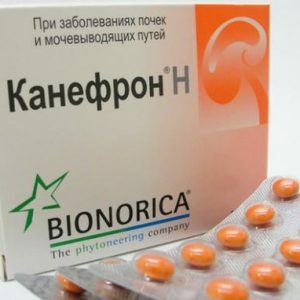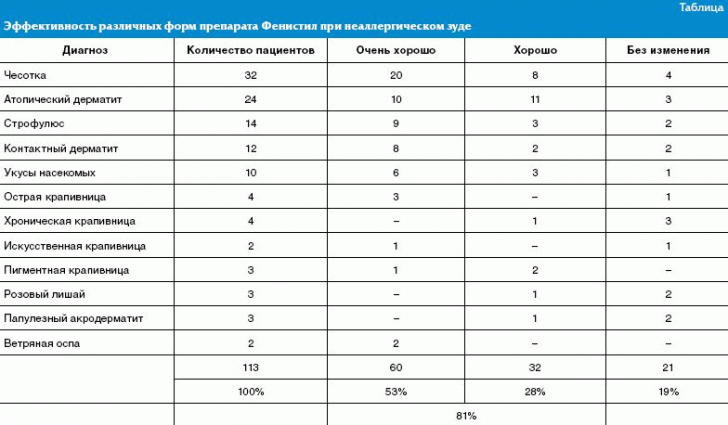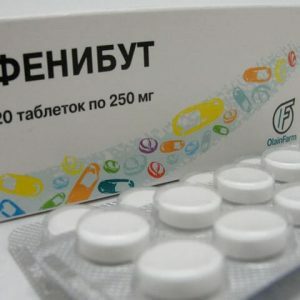Analgesics: popular drugs, application features
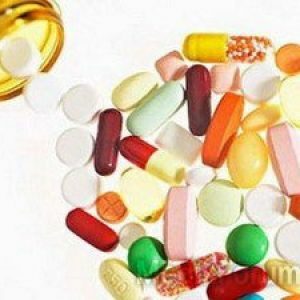 Analgesics are medicines that can reduce or eliminate pain.Distinguish between narcotic and non-narcotic analgesics.Narcotic painkillers prescribe extremely rarely on certain indications.But we resort to the use of non-narcotic analgesics often, if we are concerned about pain.
Analgesics are medicines that can reduce or eliminate pain.Distinguish between narcotic and non-narcotic analgesics.Narcotic painkillers prescribe extremely rarely on certain indications.But we resort to the use of non-narcotic analgesics often, if we are concerned about pain.
Features of narcotic analgesics
Narcotic pain relievers depress the structures of the central nervous system that perceive pain. This group of drugs is represented by agonists of opioid receptors: morphine, promedol, codeine, fentanyl and others.
This group of drugs has a strong analgesic effect.However, narcotic analgesics affect not only the pain center, but also other parts of the central nervous system.So, these drugs depress respiratory, cough, vasomotor, thermoregulatory centers.In addition, human behavior is disrupted due to a decrease in self-control.Addiction is formed to narcotic analgesics and as a result of drug addiction.
Important! Given the wide range of side effects, as well as the risk of drug dependence, narcotic analgesics can be used only with the appointment of a doctor.
Basically, the use of these drugs is resorted to with acute, life-threatening human pain, as well as pain syndrome against inoperable malignant neoplasms.
Features of non-narcotic analgesics
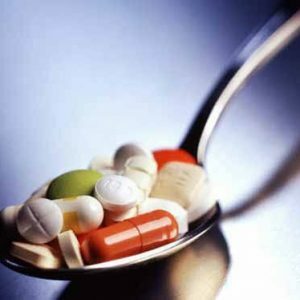 Non-narcotic analgesics reduce the severity of pain and do not affect other structures of the nervous system. The mechanism of their action is based on reducing the excitability of the subcortical center of pain, increasing the threshold of its pain sensitivity, inhibiting the synthesis of prostaglandins, mediators of inflammation.Thanks to this multicomponent action, non-narcotic analgesics not only have analgesic, but also anti-inflammatory, antipyretic effects.
Non-narcotic analgesics reduce the severity of pain and do not affect other structures of the nervous system. The mechanism of their action is based on reducing the excitability of the subcortical center of pain, increasing the threshold of its pain sensitivity, inhibiting the synthesis of prostaglandins, mediators of inflammation.Thanks to this multicomponent action, non-narcotic analgesics not only have analgesic, but also anti-inflammatory, antipyretic effects.
Non-narcotic analgesics have a less pronounced analgesic effect compared to narcotic drugs.However, their actions are sufficient for relief of dental, head, muscle pain, which we often encounter. The main advantage of non-narcotic analgesics is the lack of drug dependence on them. It is thanks to these properties that non-narcotic analgesics are widely used in medicine.
The use of non-narcotic analgesics may be accompanied by the development of side effects:
- Allergic reactions;
- Ulcerogenic effect( ulceration of the mucous membrane of the stomach, duodenum);
- Nephro- and hepatotoxicity.
The main contraindications to the use of medicines from this drug group are peptic ulcer, blood clotting disorders, hepatic and renal failure, pregnancy, lactation.
Note : in the annotation to many painkillers, manufacturers indicate that joint use with other analgesics is contraindicated.This is fraught with the emergence of unwanted clinical effects.
Popular pain medication
A group of non-narcotic analgesics is represented by a wide variety of synthetic drugs. The following non-narcotic analgesics are distinguished depending on their origin:
- Salicylic acid derivatives: aspirin;
- Aniline derivatives: paracetamol, phenacetin;
- Derivatives of alkanoic acids: ibuprofen, diclofenac sodium;
- Pyrazolone derivatives: butadione, analgin;
- Anthranilic acid derivatives: mefenamic acid;
- Other: piroxicam, dimexide.
In addition, many pharmaceutical products now offer combined medicines, which consist of several drugs at once.
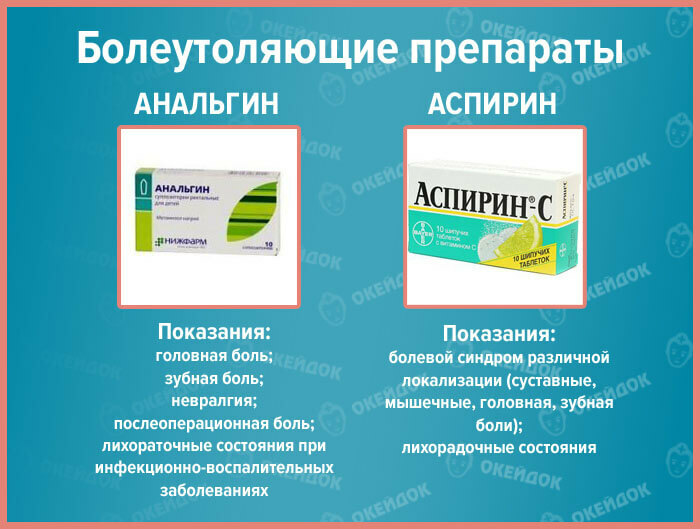
Analgin
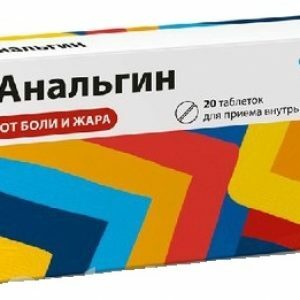 This drug is known to everyone, it was synthesized in 1920.And although metamizole sodium( analgin) belongs to the group of NSAIDs, its anti-inflammatory and antipyretic effects are slightly expressed.But analgin has a pronounced analgesic effect.
This drug is known to everyone, it was synthesized in 1920.And although metamizole sodium( analgin) belongs to the group of NSAIDs, its anti-inflammatory and antipyretic effects are slightly expressed.But analgin has a pronounced analgesic effect.
Analgin quickly absorbed from the gastrointestinal tract, so the anesthetic effect occurs quickly, although it lasts and not very long.Analgin is used for dental, head, muscle, menstrual pain, neuralgia, kidney, biliary colic.
Important! A dangerous side effect of Analgin is the development of agranulocytosis.This pathological condition, which is characterized by a critical decrease in the level of leukocytes due to granulocytes and monocytes, ultimately increases the susceptibility of the organism to all kinds of infections. Because of this, Analgin was withdrawn from circulation in many countries. The risk of agranulocytosis with Analgin is estimated as 0.2-2 per million.
Aspirin
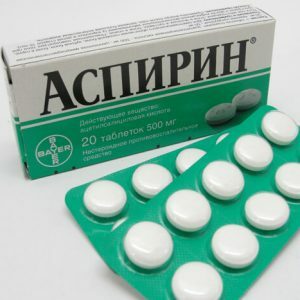 Acetylsalicylic acid( aspirin) is used not only as an analgesic, anti-inflammatory agent.The drug suppresses platelet aggregation, which is used to prevent thrombosis.However, it is necessary to take into account the fact that if there is a clotting disorder( in particular with hemophilia), bleeding may occur.
Acetylsalicylic acid( aspirin) is used not only as an analgesic, anti-inflammatory agent.The drug suppresses platelet aggregation, which is used to prevent thrombosis.However, it is necessary to take into account the fact that if there is a clotting disorder( in particular with hemophilia), bleeding may occur.
Aspirin is not recommended for use in children, especially if you suspect a viral infection. When using aspirin in this case, there is a risk of forming Ray's syndrome.The disease is characterized by rapidly progressive encephalopathy and fatty liver dystrophy.Mortality in children with Reye's syndrome is approximately 20-30%.
It is also important to consider that with prolonged, uncontrolled use of aspirin, there is ulceration of the mucous membrane of the stomach and intestines, as well as gastric bleeding.To reduce ulcerogenic effects, aspirin should be used after meals.
Ketanov
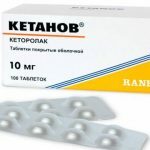 Ketanov( ketorolac) is a non-narcotic analgesic from the group of acetic acid derivatives.Ketanov is produced in the form of tablets, as well as a solution for intramuscular injections.After intramuscular injection of Ketanov's solution and after taking the pill, an analgesic effect is noted after half an hour and an hour, respectively.And the maximum effect is achieved after one or two hours.
Ketanov( ketorolac) is a non-narcotic analgesic from the group of acetic acid derivatives.Ketanov is produced in the form of tablets, as well as a solution for intramuscular injections.After intramuscular injection of Ketanov's solution and after taking the pill, an analgesic effect is noted after half an hour and an hour, respectively.And the maximum effect is achieved after one or two hours.
Ketanov has a pronounced analgesic effect, exceeding the effect of other non-narcotic analgesics .Therefore it is not surprising that many people with severe dental headache manage to get rid of unpleasant sensations only with the help of Ketanov.
In addition to the traditional side effects for non-narcotic analgesics, with the use of Ketanov, side effects from the central nervous system( drowsiness, dizziness) may occur. Therefore, when using Ketanov it is recommended to avoid driving a car.
Dolaren
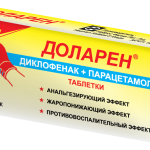 This is a combined preparation that contains paracetamol and diclofenac sodium.Both of these drugs enhance each other's action.After using Dolaren tablets, the maximum concentration of active ingredients is reached after an hour and a half.Many people note the pronounced analgesic effect of Dolaren in comparison with other non-narcotic analgesics.
This is a combined preparation that contains paracetamol and diclofenac sodium.Both of these drugs enhance each other's action.After using Dolaren tablets, the maximum concentration of active ingredients is reached after an hour and a half.Many people note the pronounced analgesic effect of Dolaren in comparison with other non-narcotic analgesics.
Dolaren is used for all kinds of diseases of the musculoskeletal system, as well as pain syndrome of any origin .From the use of Dolaren will have to refuse if there is a hypersensitivity reaction to any NSAIDs, during the period of aortocoronary bypass surgery, hepatic and renal failure, ulcers of the gastrointestinal tract, gastric bleeding.In addition, the drug is used with caution in the presence of a human ischemic heart disease, chronic heart failure and diabetes.
Nimesil
The active substance of the drug is nimesulide - it is an NSAID from the class of sulfonamides.Nimesil is available in the form of bags with powder.The contents of the sachet must be dissolved in a glass with a hundred milliliters of water.
After using Nimesil, the maximum concentration of the active substance is reached after two to three hours.The duration of the effect on average is six hours.
Contraindications to use are the same as for all other drugs from the group of non-narcotic analgesics. Nimesil is used in the treatment of people over the age of twelve.Nimesulide is also available under the trade names "Nyz", "Nimulid".
Grigorova Valeria, medical reviewer

